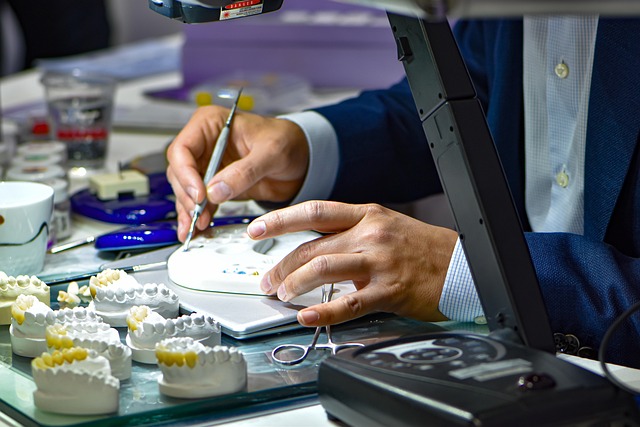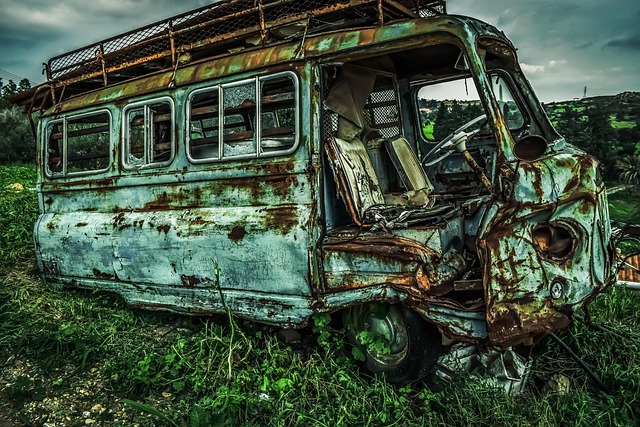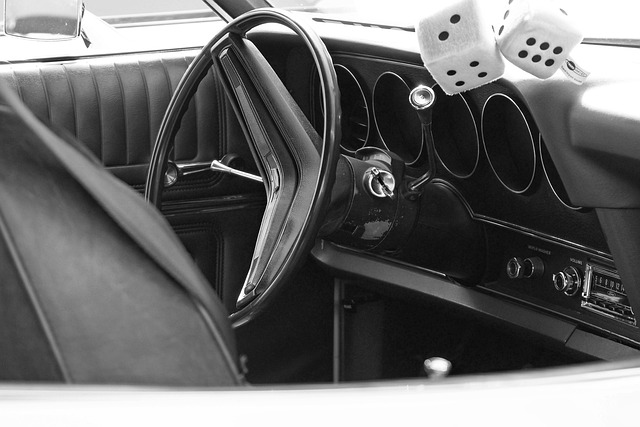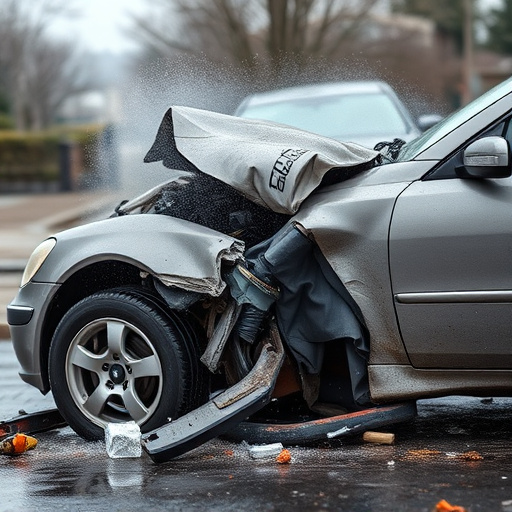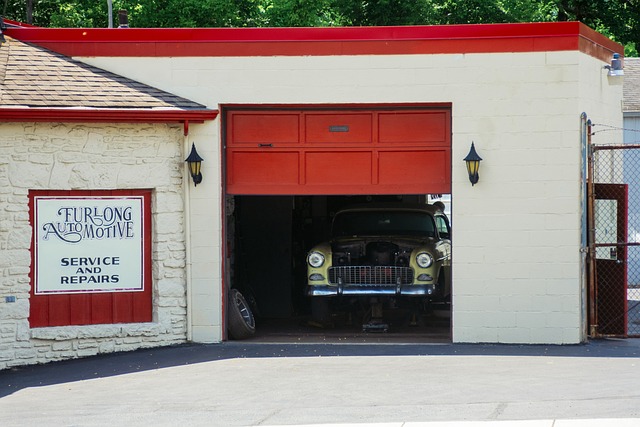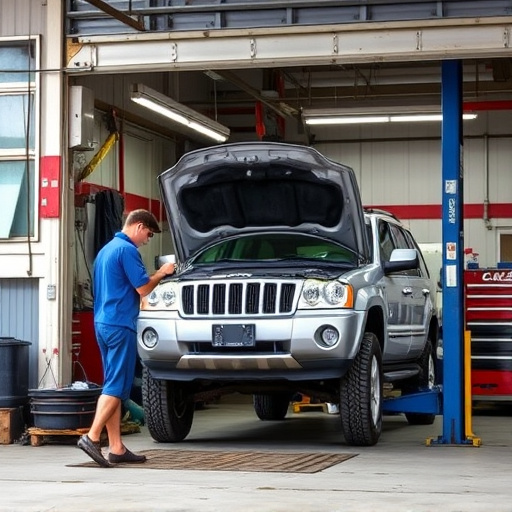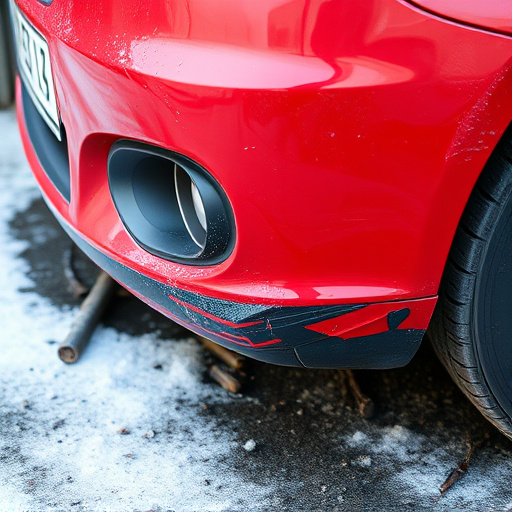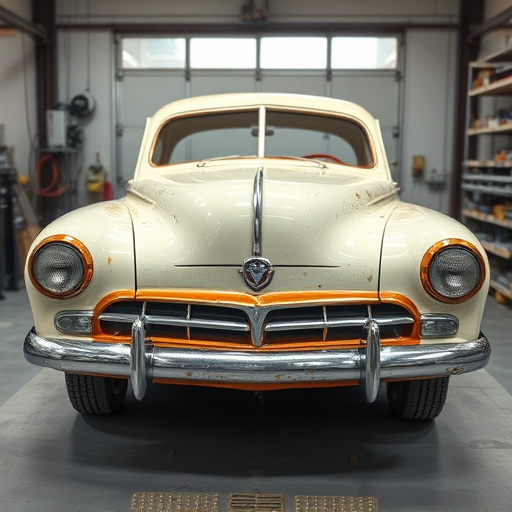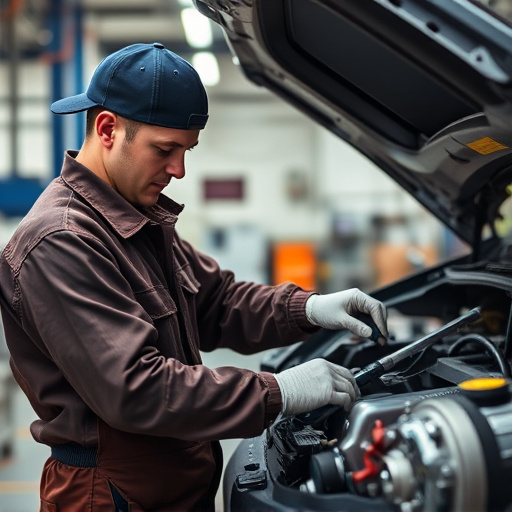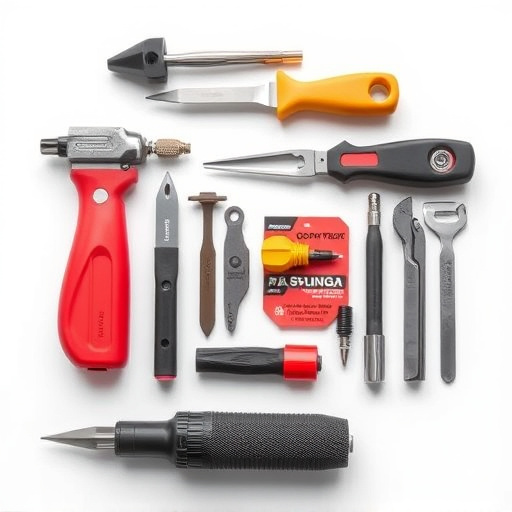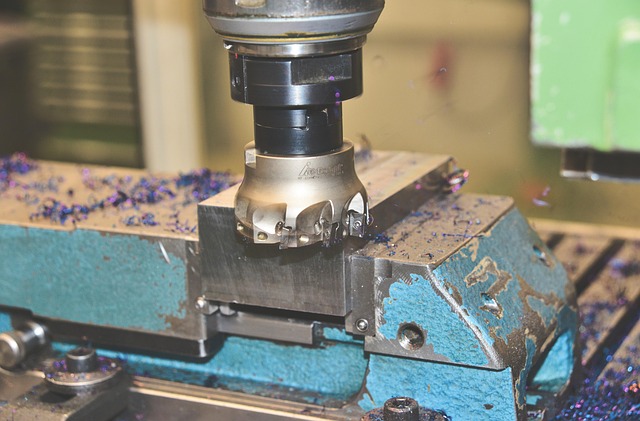Undercarriage inspection repair is a vital yet often overlooked aspect of vehicle maintenance, addressing damage and corrosion that could threaten structural integrity and various critical systems. Regular inspections prevent costly auto body restoration, enhance road safety, and mitigate risks during collisions. Common issues discovered range from damaged suspension components to rust accumulation and hidden dents, all directly impacting vehicle safety and performance. Early identification through routine checks prevents major disasters, improves fuel efficiency, reduces corrosion damage, and minimizes expenses related to auto bodywork.
Undercarriage inspection and repair are essential components of vehicle maintenance, often overlooked but vital for protecting critical systems. This comprehensive guide delves into the significance of regular undercarriage checks, highlighting common issues like damaged parts, corrosion, and leaks that can compromise safety and efficiency. By understanding these concerns, drivers can ensure optimal vehicle performance and safety through proactive undercarriage inspection repair.
- Understanding the Importance of Undercarriage Inspection
- Common Issues Identified During Undercarriage Repair
- The Impact of Regular Maintenance on Vehicle Safety and Efficiency
Understanding the Importance of Undercarriage Inspection
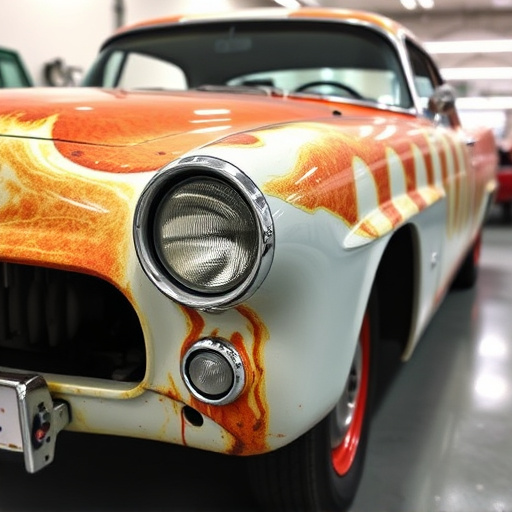
Undercarriage inspection is an essential maintenance practice that often goes overlooked but plays a pivotal role in safeguarding critical vehicle systems. It involves a thorough examination of the car’s underbelly, which bears the brunt of road conditions and potential hazards. This meticulous process identifies any signs of damage, corrosion, or wear and tear, enabling prompt repairs before they escalate.
Regular undercarriage inspection repair is vital for preventing complications that could lead to costly auto body restoration or even more severe safety issues. By keeping the undercarriage in optimal condition, drivers can ensure the longevity of their vehicle’s various systems, including suspension, exhaust, and fuel lines. Moreover, it significantly reduces the risk of accidents caused by compromised structural integrity, making it a fundamental step in maintaining road safety, especially during car collisions.
Common Issues Identified During Undercarriage Repair
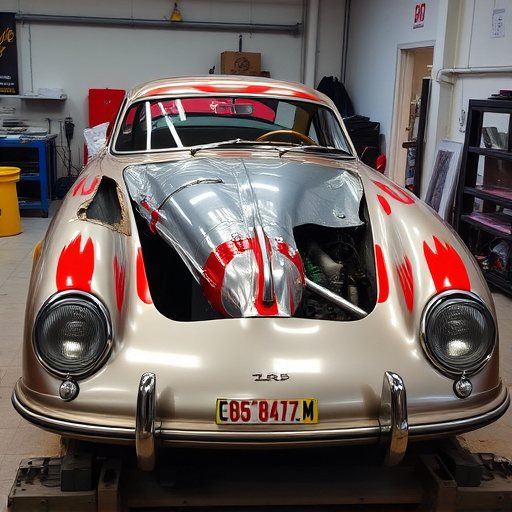
During an undercarriage inspection repair, several common issues are often identified that could have potentially gone unnoticed during regular maintenance checks. These problems can range from minor to severe and directly impact the safety and performance of a vehicle. Some typical findings include damaged or cracked suspension components, such as control arms, ball joints, and tie rods, which may have been compromised due to road debris or collision damage.
Another frequent issue is rust accumulation, especially in regions with harsh climates, leading to weakened structural integrity. Moreover, worn-out or missing protective coatings can expose metallic parts to environmental elements, accelerating corrosion. In the event of a collision, the undercarriage repair process also uncovers hidden dents, buckles, or misaligned panels that require attention to ensure proper vehicle restoration and to prevent further complications during driving.
The Impact of Regular Maintenance on Vehicle Safety and Efficiency
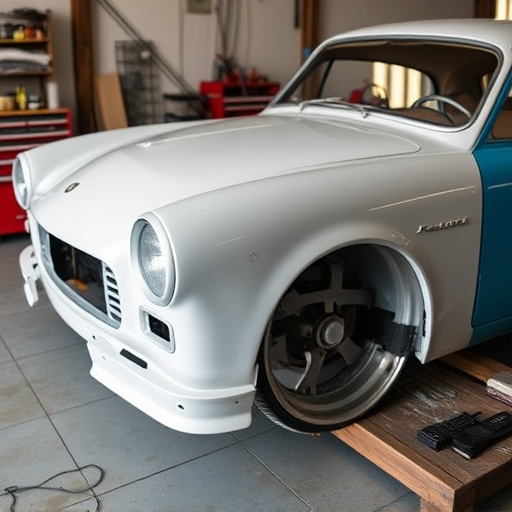
Regular undercarriage inspection repair plays a pivotal role in maintaining the safety and efficiency of your vehicle. The undercarriage, often overlooked, is responsible for housing critical components like exhaust systems, fuel lines, and brakes—all essential for smooth and secure driving. By conducting routine checks, even minor issues can be identified early on, preventing potential disasters on the road.
Moreover, undercarriage repairs contribute to improved fuel efficiency and overall vehicle performance. Damage or corrosion in this area can disrupt airflow and cause friction, leading to increased fuel consumption. A well-maintained undercarriage ensures these systems are in optimal condition, enhancing your car’s performance and reducing unnecessary expenses related to auto bodywork, including vehicle dent repair for cosmetic dents caused by road debris.
Undercarriage inspection and repair are essential practices that play a crucial role in maintaining vehicle safety and performance. By addressing common issues early, drivers can prevent serious problems that may compromise both efficiency and safety. Regular maintenance through thorough undercarriage inspections acts as a protective measure, ensuring vital systems function optimally and preventing costly repairs down the line. This proactive approach is key to keeping vehicles in top shape, making undercarriage inspection repair an invaluable service for vehicle owners.
